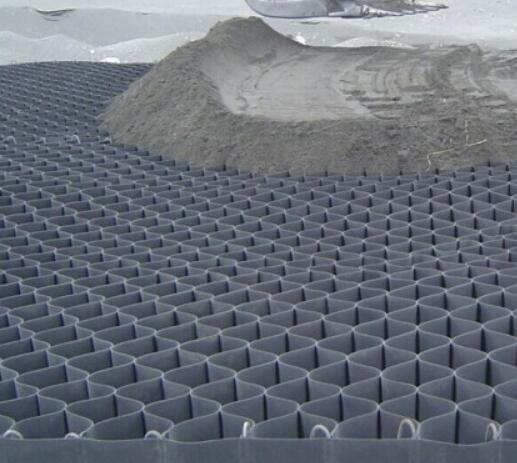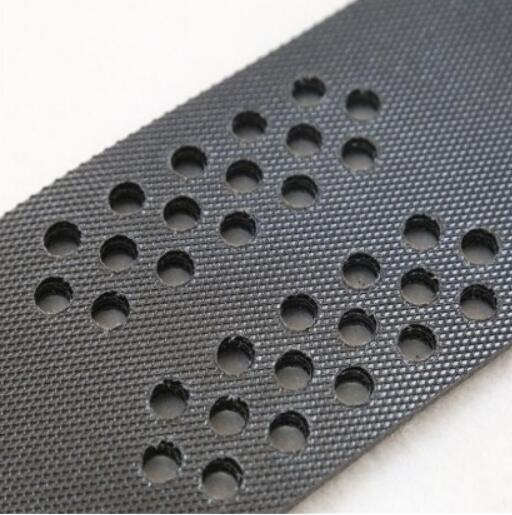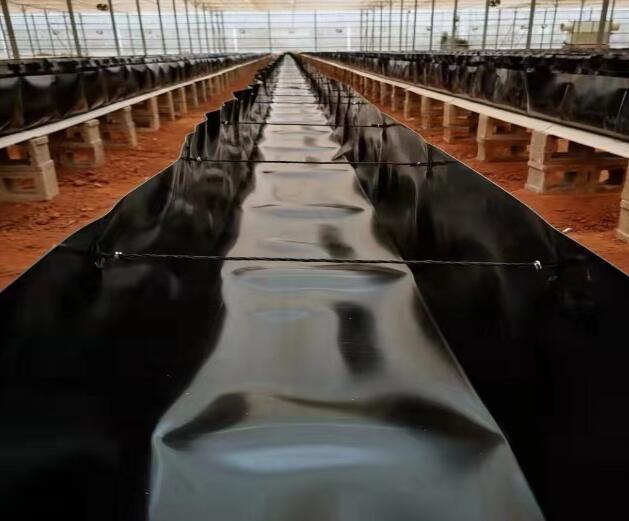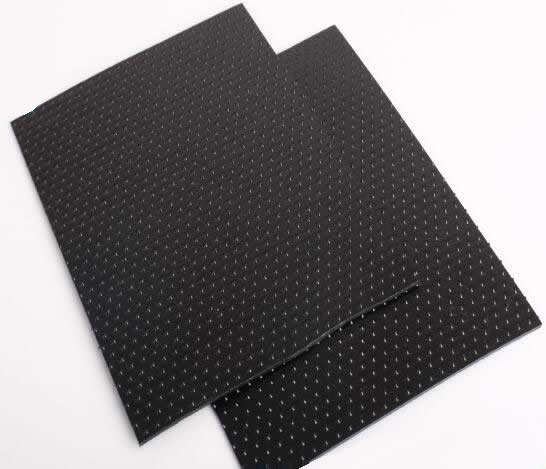- Understanding the Role of Geomembrane Liners in Waste Management
- Innovations in Geomembrane Liners for Water Management
- Geomembrane Liners: A Comprehensive Guide
- The Future of Geomembrane Liners in Civil Engineering
- Geomembrane Liners: Enhancing Landfill Stability
Manager:
WhatsApp:+86 177 0135 2670
Tel:+86 177 0135 2670
Email:marketing@okorder.com
Address:3rd Floor, No.2 Building, No.1 Sanlihe Road
What is the difference between geomembrane and HDPE?
In a variety of engineering and environmental projects, geomembranes have been essential in providing containment solutions. Among the wide range of available geomembranes, composite geomembranes and high-density polyethylene (HDPE) geomembranes are commonly used. Although they have similar uses, distinct features characterize them into different scenarios. In this article, we focus on the variations between composite geomembranes and hdpe Geomembranes to discuss their peculiar properties and applications.

What Composite Geomembrane Entails
A composite geosynthetic is an engineered material that consists of many layers having different characteristics. Normally, the composite geosynthetics are comprised of a geotextile layer often constructed from HDPE and other components such as clay liners or geonets. The multi-layered design improves the performance and functionality of the liner making it applicable to diverse uses.
Advantages associated with Composite Geomembranes
1. Increased Strength and Durability: The tensile strength as well as puncture resistance for composite geosynthetics is significantly improved by including reinforcement layers which cannot be found on single layer liners. These added strengths make them suitable for applications where robustness is required such as landfill liners or pond liners.
2. Better Sealing Properties: For instance, because they contain integrated Geotextiles or clay layers that improved their sealing features; these types of geomembrane performs better at minimizing leakages than others do while offering higher resistance against chemical substances hence applicable to environmental protection projects.
3. Flexibility: Composites can be tailor-made by engineers through designing their constituents to suit specific project requirements . For example, they can be fabricated to line reservoirs, canals or hazardous waste containment sites thereby being flexible enough to accommodate diverse situations.
Features And Applications Of Hdpe Geomembarnes
On the other hand, high-density polyethylene geomembranes are made from a single layer of high-density polyethylene, a thermoplastic material renowned for its excellent chemical resistance and impermeability. They are manufactured by a process called extrusion which produces homogenous sheets with the same thickness and properties throughout.
Benefits of HDPE Geomembranes
1. Outstanding Chemical Resistance: Acid, alkalis, and hydrocarbons are among the various chemicals that can be resisted by HDPE geomembranes. These are used in containment applications dealing with hazardous materials such as chemical storage facilities or industrial waste ponds.
2. Excellent Impermeability: The excellent impermeability property of HDPE’s molecular structure makes it an ideal liner to be used in containment applications where there is need to minimize fluid migration into the surrounding environment.
3. Easy Installation: As they have lightweight and flexible nature, HDPE geo-synthetic products are easy to handle and install. This flexibility enables them to conform to irregular surfaces and contours while ensuring uninterrupted coverage thus reducing any requirement for supplementary sealing.
Differences between Composite Geomembrane & Hdpe Geomembrane
Composite geosynthetics and HDPE liners are both efficient containment solutions but they differ significantly in their constructional features, attributes as well as uses.
Construction:
- Composite geosynthetic has several layers including a liner composed of other reinforcing elements like geotextiles or geonets.
- On the other hand, High density polythene (HDPE) is configured of only one layer creating uniform properties along the entire thickness of the substance.
Strength & Durability:
- So far as robustness is required for certain applications; composite geosynthetics offer more strength as well as durability since they possess increased thicknesses.
This is because of the molecular structure of high-density polyethylene, and it is this fact that gives them strength and durability hence making them resistant to puncture.
Sealing Properties:
- Composite geomembranes consist of geomembrane with integrated geotextile or clay layers, which improve their sealing properties thus reducing possibility of leakage and enhancing barrier performance.
- In terms of resistance to chemicals as well as being nonpermeable, HDPE geomembranes are best suited for applications requiring containment barriers against toxicants.
Versatility:
- The material composition of composite geomembranes can be customized in order to meet specific project requirements thereby enabling them to be highly versatile materials.
- Besides this property, HDPE geomembranes have adaptability for different site conditions and ease in installation on top.
Applications:
- It is worth noting that enhanced strength together with sealing properties are key considerations when considering composite geomembranes as a lining system in landfills, ponds and environmental protection projects.
- Where exceptional chemical resistance is needed together with impermeability, HDPE geomembranes are found in places such as chemical storage facilities, industrial waste ponds and containment systems.

Conclusion
To sum up, although both types of membranes serve the same purpose they vary greatly from construction point of view. These multilayered constructions result into a greater resistance towards tearing which makes composites more reliable than any other liners. Conversely there are those liners whose composition allows for easy installation while others have an incredible chemical endurance capability only suitable for hazardous substances. A good knowledge base about these types will help engineers make informed decisions about their selection since either choice will affect the success or failure of construction or environmental project.”
-
2024-06-13Geomembrane is not plastic cloth






